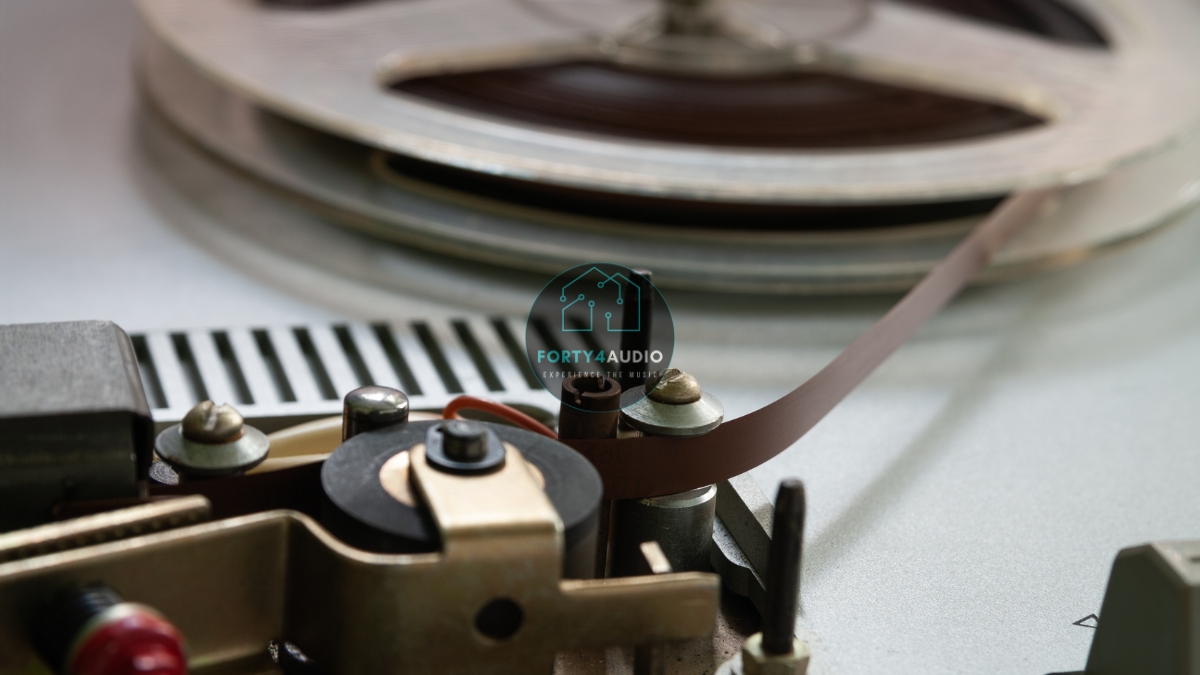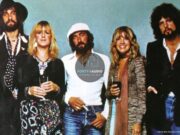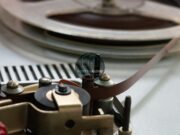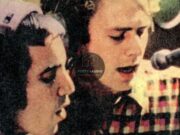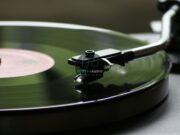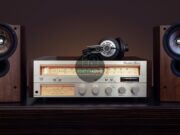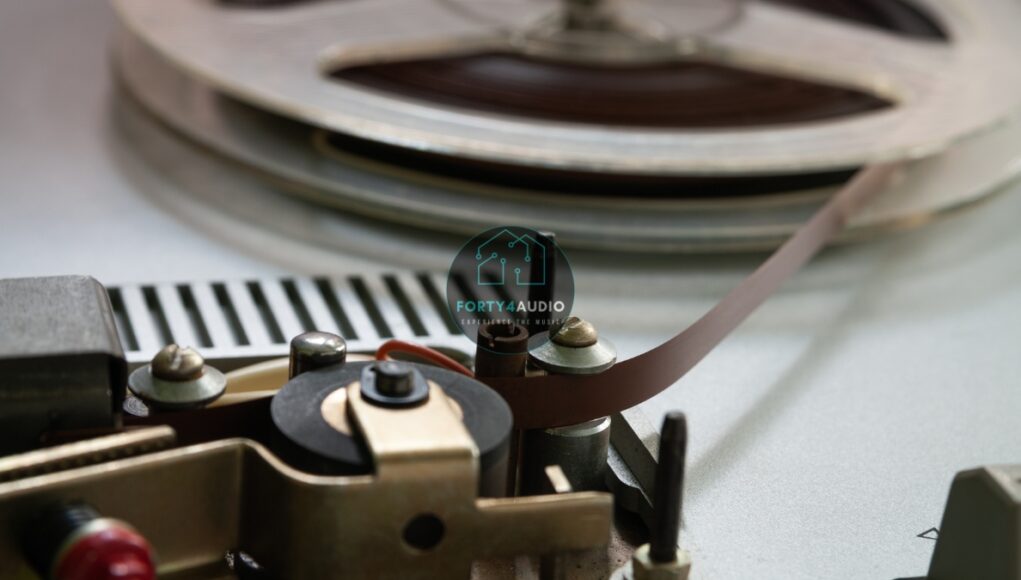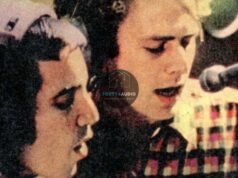How a 1966 Masterpiece Quietly Reshaped the Way We Record and Hear Music
When Pet Sounds landed in 1966, it didn’t roar onto the charts. It whispered. But that whisper carried a frequency that would ripple through decades of music production. For many casual listeners, it was a beautiful, melancholic album with lush harmonies and heartfelt lyrics. For those behind the console – producers, engineers, and musicians – it was something else entirely. It was a blueprint. A challenge. A quiet revolution.
Brian Wilson, the creative force behind Pet Sounds, wasn’t chasing radio hits. He was chasing sound itself – its texture, its emotion, its architecture. And in doing so, he redefined what a studio could be. This wasn’t about capturing a band playing live. It was about sculpting a sonic world from the ground up.
For audiophiles and aspiring producers, Pet Sounds remains a touchstone. Its influence is embedded in the DNA of modern recording, from the way we layer tracks to how we think about space and depth in a mix. This article explores how Pet Sounds changed the game – technically, emotionally, and artistically – and why it still matters for anyone serious about sound.
The Studio as an Instrument in Pet Sounds
Brian Wilson‘s Vision for the Recording Studio
By 1965, Brian Wilson had stepped away from touring with The Beach Boys. While the rest of the band was on the road, Wilson stayed home in Los Angeles, spending his days in studios like Western Recorders and Gold Star. This wasn’t a retreat – it was a recalibration. Wilson saw the studio not as a place to document performances, but as a creative instrument in its own right.
This shift in mindset was radical. At the time, most albums were recorded quickly, often in a few days, with the band playing together in a room. Wilson broke that mold. He recorded instrumental tracks first – often with session musicians – and layered vocals and harmonies later. This modular approach gave him unprecedented control over every element of the sound.
Modular Recording and Layered Construction
Wilson’s process was meticulous. He would record multiple takes of each instrument, often experimenting with different mic placements, room acoustics, and arrangements. He wasn’t afraid to splice together the best parts of different takes, using tape editing to build the perfect performance.
This method allowed for a level of detail and nuance that was rare at the time. It also meant that the final product was something that could never be performed live in the same way. Pet Sounds was a studio creation through and through – designed to be heard, not seen.
A New Kind of Collaboration
While The Beach Boys were still the face and voice of the album, much of the instrumental work was handled by The Wrecking Crew, a group of elite session musicians who played on countless hits of the era. Wilson would hum parts, play rough sketches on piano, and guide the musicians through his vision. The result was a seamless blend of pop sensibility and orchestral sophistication.
This collaborative model – where the producer acts as composer, arranger, and director – would become a template for future generations. From Quincy Jones to Nigel Godrich, the idea of the producer as auteur owes a debt to Pet Sounds.
Innovative Studio Techniques That Shaped Modern Music
Unconventional Instruments and Sound Sources
One of the most striking aspects of Pet Sounds is its sonic palette. Wilson wasn’t content with guitars, drums, and bass. He brought in bicycle bells, Theremins, harpsichords, dog whistles, and even Coca-Cola cans. These weren’t gimmicks – they were carefully chosen textures that added emotional weight and character to the songs.
Take You Still Believe in Me, where a bicycle horn punctuates the end of a verse, or I Just Wasn’t Made for These Times, where a Theremin adds an eerie, otherworldly quality. These choices expanded the vocabulary of pop music, showing that anything could be music if used with intention.
Tape Manipulation and Overdubbing
Wilson was also a pioneer in tape manipulation. He would record multiple layers of vocals and instruments, bouncing them between tape machines to create dense, textured mixes. This process, known as overdubbing, was labor-intensive and required a deep understanding of tape degradation, signal loss, and phase alignment.
But the results were worth it. The harmonies on God Only Knows shimmer with complexity, each voice perfectly placed in the stereo field. The instrumental break in Let’s Go Away for Awhile feels like a dream sequence – lush, surreal, and immersive.
Echo Chambers and Reverb as Emotional Tools
At Western Recorders, Wilson had access to custom-built echo chambers – rooms designed to create natural reverb. He used these spaces not just to add depth, but to evoke specific moods. A vocal might be dry and intimate in one verse, then drenched in reverb in the next, creating a sense of emotional expansion.
This use of space as a storytelling device was groundbreaking. It wasn’t about making things sound big – it was about making them feel alive. Wilson understood that reverb could be as expressive as melody or lyrics.
Why Pet Sounds Is a Benchmark for High-Fidelity Listening
The Frequency Spectrum and Sonic Detail
Pet Sounds is often used by audiophiles to test gear – not because it’s loud or flashy, but because it’s rich. The album’s frequency spectrum is carefully balanced, with warm lows, articulate mids, and crystalline highs. Each track is a study in sonic layering, where no element overpowers another.
On a high-end system, you can hear the subtle interplay between instruments: the way a bass note resonates beneath a vibraphone, or how a background vocal floats just above the main melody. These details are often lost on compressed formats or low-quality playback devices.
Tracks like Don’t Talk (Put Your Head on My Shoulder) showcase Wilson’s mastery of space. The strings swell gently, the vocals sit close to the ear, and the silence between notes feels intentional. It’s a track that rewards careful listening – and demands a playback system that can handle nuance.
How High-Fidelity Gear Enhances the Experience
Listening to Pet Sounds on a well-calibrated hi-fi setup is transformative. Vinyl pressings, especially mono versions mastered from original tapes, offer a warmth and intimacy that digital formats sometimes miss. Tube amplifiers and planar magnetic headphones can reveal textures that feel almost tactile.
For those building or upgrading their listening environment, Pet Sounds is a perfect reference album. It tests dynamic range, stereo imaging, and tonal balance. Whether you’re tuning a pair of bookshelf speakers or evaluating a new DAC, this album will show you what your gear can – and can’t – do.
Recommended Tracks for Critical Listening
- God Only Knows – Listen for the vocal layering and how each harmony is placed in the stereo field.
- Wouldn’t It Be Nice – Pay attention to the dynamic shifts and the way percussion drives the transitions.
- Let’s Go Away for Awhile – A purely instrumental piece that showcases Wilson’s orchestral sensibilities and use of reverb.
Brian Wilson‘s Creative Process and Emotional Engineering
Synesthesia and Sound Choices
Brian Wilson has spoken about experiencing synesthesia – a condition where senses overlap, allowing him to see sounds as colors. This shaped his approach to arranging. He wasn’t just thinking about melody or rhythm; he was thinking about how a sound felt, how it looked in his mind.
This led to unconventional choices. A harpsichord might be used not for its musical role, but for the yellow it added to a mix. A muted trumpet might be chosen for its blue tone. These decisions weren’t technical – they were emotional. And they gave Pet Sounds its unique character.
Isolation and Focus
Wilson’s decision to stay off the road and focus entirely on studio work was pivotal. It allowed him to immerse himself in the process, experimenting without distraction. He would spend hours on a single section, adjusting mic placement, re-recording parts, and listening obsessively.
This level of focus is rare, even today. It speaks to a kind of creative intensity that’s hard to replicate. Wilson wasn’t chasing perfection – he was chasing feeling. And he used every tool at his disposal to get there.
Vulnerability in Sound
The emotional core of Pet Sounds is unmistakable. Songs like I Just Wasn’t Made for These Times and Caroline, No are raw, introspective, and deeply personal. Wilson’s production choices amplify this vulnerability. Sparse arrangements, gentle reverb, and close-mic’d vocals create a sense of intimacy that feels almost confessional.
This emotional engineering – using sound to evoke feeling – is one of Wilson’s greatest contributions to music production. It’s not about technical brilliance for its own sake. It’s about using technique to serve emotion.
Pet Sounds and Its Lasting Impact on Modern Studio Techniques
Influence on Iconic Albums and Artists
The ripple effect of Pet Sounds is vast. The Beatles famously cited it as a major influence on Sgt. Pepper’s Lonely Hearts Club Band. Paul McCartney called God Only Knows one of the greatest songs ever written. But the influence didn’t stop there.
Artists like Radiohead, Beck, and Tame Impala have all drawn from Wilson’s approach – layering sounds, experimenting with textures, and using the studio as a compositional tool. Even hip-hop producers have borrowed techniques like modular tracking and tape manipulation to build complex sonic landscapes.
Techniques That Became Standard Practice
Many of the methods Wilson pioneered are now standard in modern production:
- Modular tracking – Recording instruments and vocals separately for greater control.
- Layered harmonies – Building vocal stacks to create depth and richness.
- Emotional sound design – Using reverb, delay, and EQ to evoke specific moods.
These techniques are taught in production courses, used in DAWs, and embedded in presets. But their roots trace back to Pet Sounds.
The Producer as Auteur
Wilson’s role in Pet Sounds redefined what it meant to be a producer. He wasn’t just overseeing the recording – he was shaping every detail. This model paved the way for producers like Brian Eno, Rick Rubin, and Pharrell Williams, who treat the studio as a canvas and sound as paint.
For aspiring producers, Wilson’s approach is a reminder that technical skill is only part of the equation. Vision, emotion, and curiosity matter just as much.
Pet Sounds as a Living Legacy in Sound
Pet Sounds continues to resonate – not just as a historical artifact, but as a living, breathing example of what studio production can achieve when guided by emotion, curiosity, and craftsmanship. It’s not frozen in time. It evolves with every playback, every new listener, every reinterpretation by artists who hear something in its layers that speaks to their own creative path.
For producers, it’s a reminder that the studio is more than a workspace. It’s a place where ideas take shape, where emotion finds form, and where sound becomes story. For audiophiles, it’s a benchmark – an album that rewards investment in gear, attention to detail, and a willingness to sit still and truly listen.
And for everyone who believes music is more than entertainment, Pet Sounds is proof. It’s a movement. A memory. A journey.
Join the forty4 Audio Movement
If Pet Sounds has sparked something in you – whether it’s a deeper appreciation for studio techniques, a desire to refine your listening setup, or a curiosity about how emotion is engineered into sound – you’re already part of the forty4 Audio mindset.
We’re building a space for those who care about music’s soul and structure. A place where producers, listeners, and creators connect over the gear they love, the albums that shaped them, and the sounds that move them.
Explore more artist deep dives, gear guides, and listening experiences at forty4 Audio. Share your thoughts, your setups, and your sonic discoveries. Because music isn’t just sound – it’s how we remember, how we feel, and how we connect.
